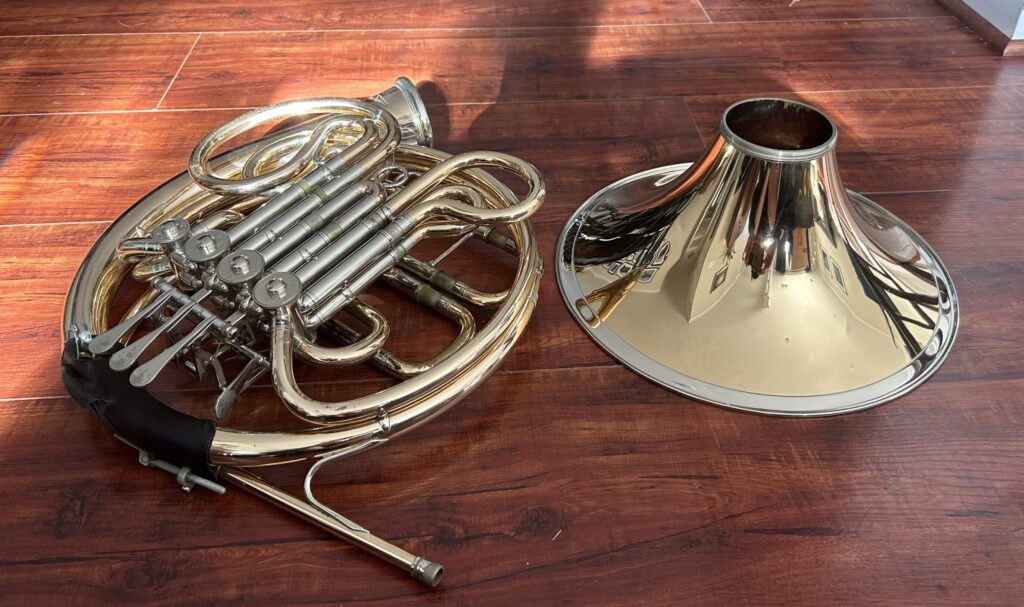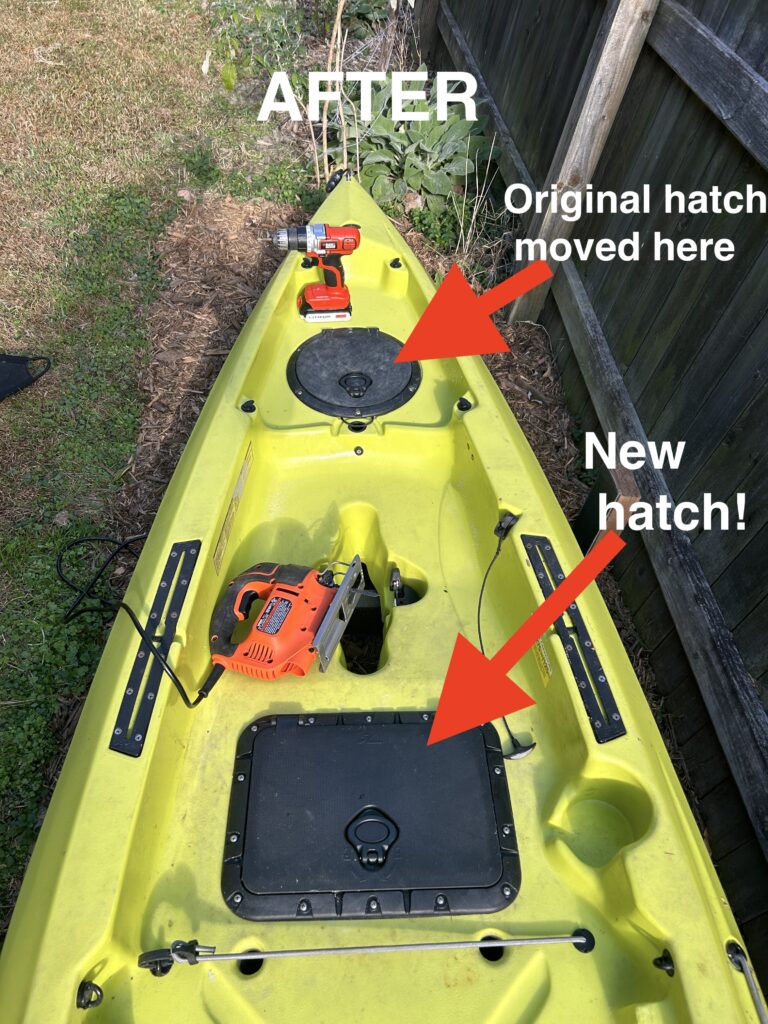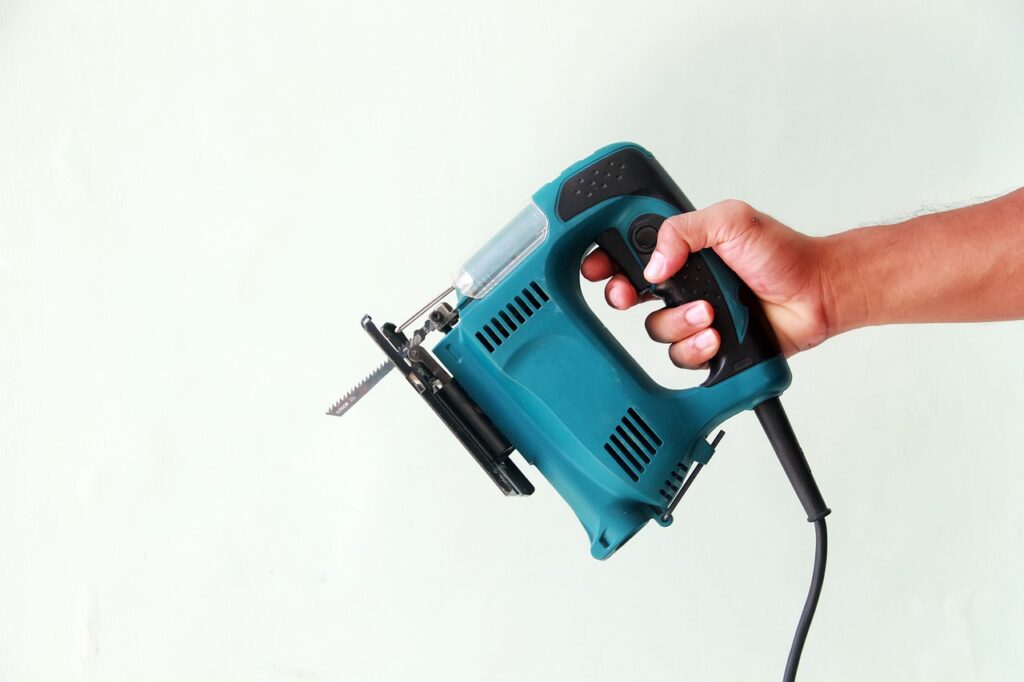I have been preparing for a 100-mile paddle trip in the Everglades next month. I will be taking my Hobie peddle-drive fishing kayak (christened as The Fish Stick).
The Fish Stick has already been all over coastal Virginia, the Chesapeake Bay, and North Carolina’s Outer Banks. It’s even been on a few overnight trips, but never before on an expedition of this length.
A long distance paddle trip presents some logistical challenges. Storage space is at a premium on the 12 foot vessel. In addition to my camping gear and fishing gear, I will need to carry nine days of food and water on the kayak.
I’ve been working to hone my gear set-up this fall by taking a few local overnight trips. The boat’s load capacity is 400 pounds, but finding a place to put everything has been the hard part. My kayak came with one small round hatch in the middle of the boat for storage, but at only 8 inches in diameter, not much can fit through the hatch. Knowing that I would have much more food and water on my Everglades trip, I realized I would need to figure out a better way.
I must not be the first one with this problem, because Hobie sells a hatch upgrade kit. The idea is to move the existing small round hatch to the bow of the kayak, and in its place you can install an additional larger rectangular hatch.
This was a great solution, but there was one problem. It would require sawing into my precious – and expensive – kayak. I would need to cut out a round hole for the old hatch at the bow, as well as a large rectangular hole for the new one in the middle of the boat.
Preparing for the surgery, I flashed back to a time in high school when I had an internship at an instrument repair shop. One of the things I learned to do was to convert a French horn from a “fixed bell” horn to a “screw bell” horn. On a screw bell horn, the flared end of the instrument, or bell, is removable. Having the ability to unscrew the large bell allows the instrument to fit in a much more compact carrying case. This is especially important when you’re flying because it won’t fit in an overhead bin otherwise. (To a musician, checking an instrument is akin to checking a baby. It’s preposterous and offensive).
To convert a horn to a screw bell, you literally have to saw the horn in half, a terrifying prospect to me as a 17-year old with no experience. Hands trembling, I took a deep breath, steadied myself, and started to saw. Under the watchful eye of the repairman, I managed to get through the task without damaging the $8,000 instrument.

Now looking at The Fish Stick, it felt scary but I knew I could do it. Taking the jigsaw in my hand, I again found a moment of courage, committed to the task, and started to saw into my beloved kayak. It went great and I’m very happy with the results.


It’s hard to damage the things you love, but sometimes it’s necessary in order to make positive change. Deconstruction is the first step toward reconstruction. Instigating change can be terrifying, but the finding the courage to break something is the beginning of positive evolution. Sometimes you need to pick up a saw, even if it’s scary. The end result will be worth it.
Face your fears. Take a deep breath, commit, and go for it.

